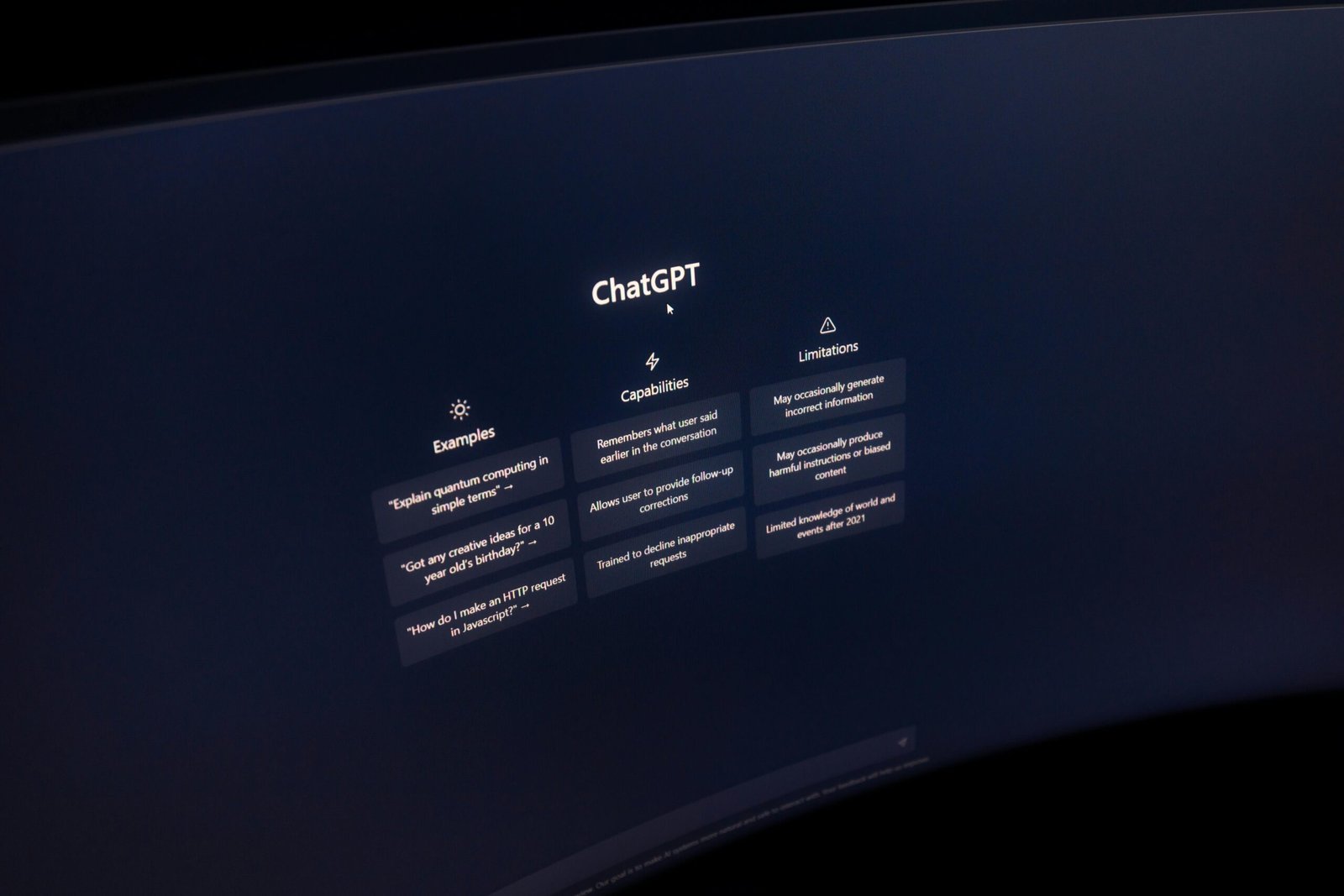Betting Big on Space: K2 Space’s Bold Vision
The Future of Space Hardware: Bigger is Better
K2 Space is setting its sights on a colossal future for space hardware. The startup is forging ahead with the development of large-scale spacecraft, banking on the notion that launch costs will continue to plummet as SpaceX’s Starship and other heavy-lift vehicles become more prevalent. This vision seems to resonate with the Space Force, which has partnered with K2 Space for its inaugural satellite mission under a $60 million contract.
Gravitas Mission: A Leap Forward
The anticipated mission, aptly named Gravitas, is slated for no earlier than February 2026. It will debut on SpaceX’s Transporter-16 rideshare mission, carrying a variety of Department of Defense payloads. Initially operating in low Earth orbit (LEO), the satellite will eventually transition to medium Earth orbit (MEO), a region known for its operational challenges due to high radiation levels.
“MEO offers another level of resilience,” K2 Space co-founder and CEO Karan Kunjur explained. “A multi-orbit strategy enhances overall system resilience.”
— Karan Kunjur
Building Resilience in MEO
MEO’s strategic significance is growing, particularly for missile tracking and enhancing the Global Positioning System (GPS) network. However, reaching and operating in this orbit demands advanced propulsion systems or costly direct launches. Despite these challenges, K2 Space sees MEO as a cornerstone of a resilient space architecture.
Financial Backing and Innovative Design
This partnership marks a significant milestone for K2 Space. The $60 million funding is an amalgamation of government support, Small Business Innovation Research matching funds, and private investment, with the latter contributing $30 million — nearly matching their recent Series A round.
- 3-meter-by-3-meter payload bay at under $15 million per satellite
- Lead times shortened to less than three months
- In-house manufacturing of key components like reaction wheels and solar arrays
Revolutionizing Satellite Manufacturing
K2 Space’s Mega-class satellites are built on groundbreaking architecture, with many components crafted internally due to the lack of an affordable supply chain. This approach allows for mass production from the outset, as emphasized by Kunjur: “The first one comes off the line with the next one right behind it.”
Demonstrating Technological Prowess
Before Gravitas, K2 Space will test several technology demonstrators during SpaceX’s upcoming Transporter-12 mission in January. This mission will provide a critical opportunity to validate their innovative technologies over a few months.
A Vision Realized
K2 Space’s ambitious plans reflect a transformative shift in satellite design and deployment. With their eyes set on larger payloads and quicker production cycles, they are poised to redefine what’s possible in space exploration.



